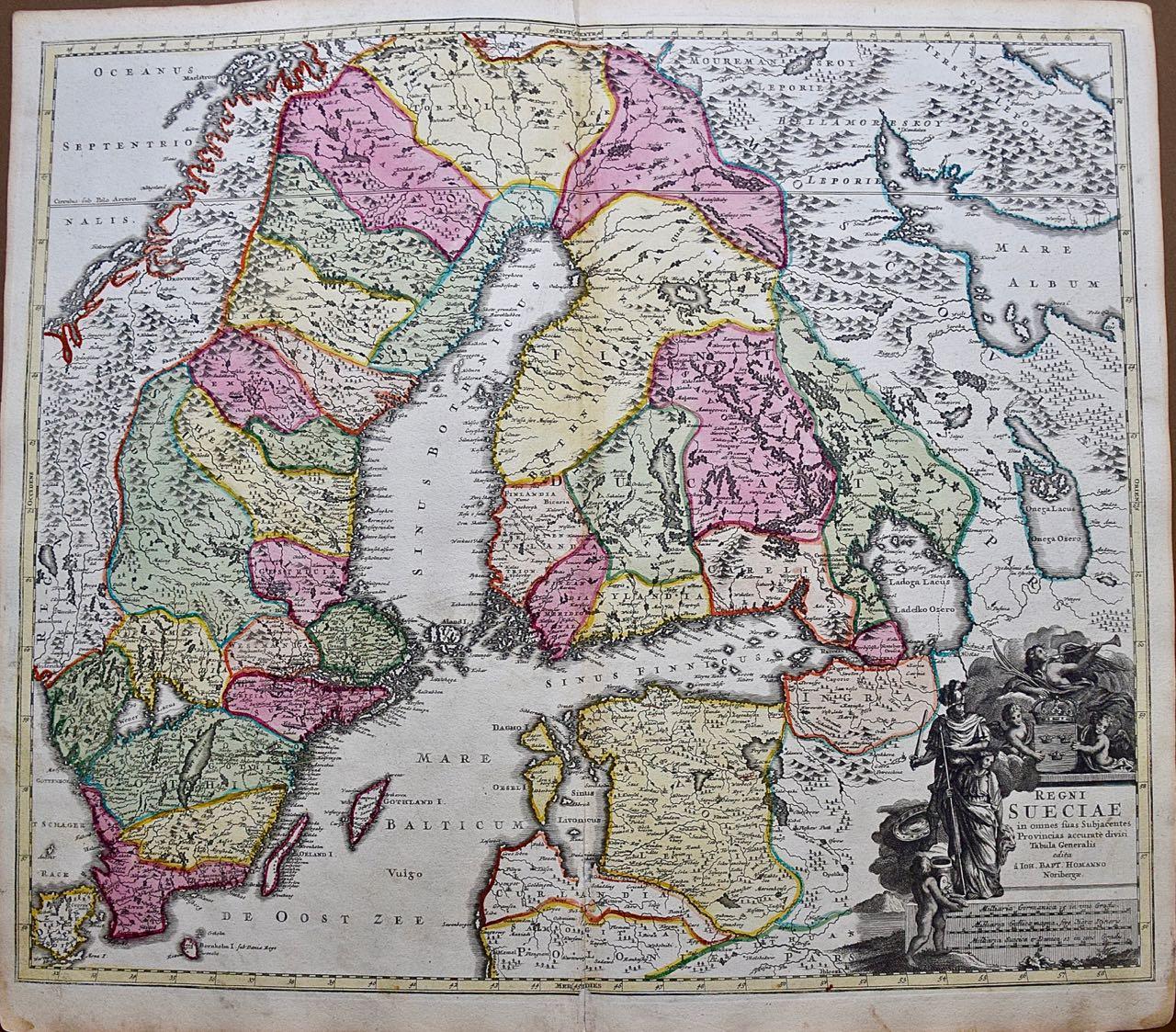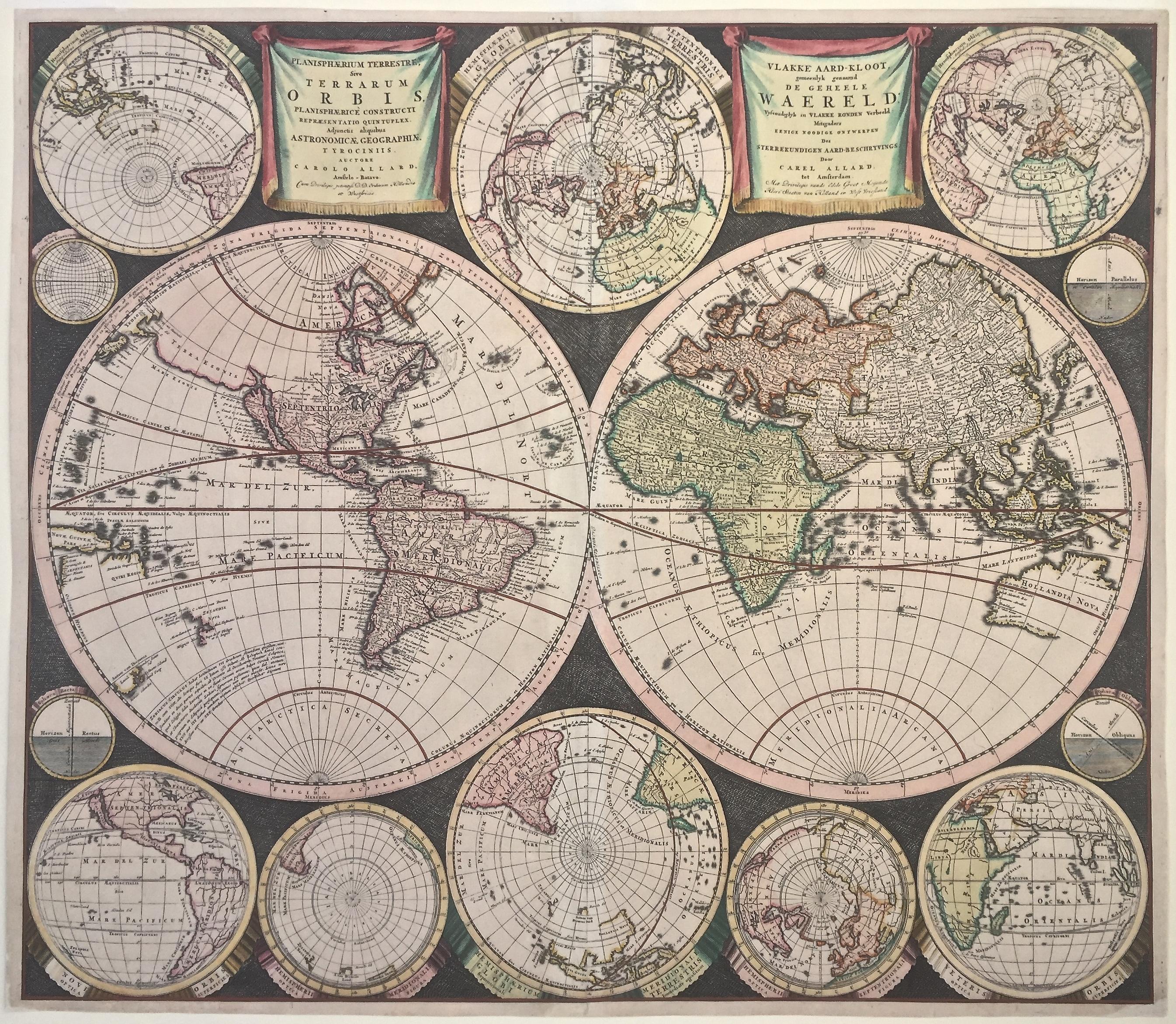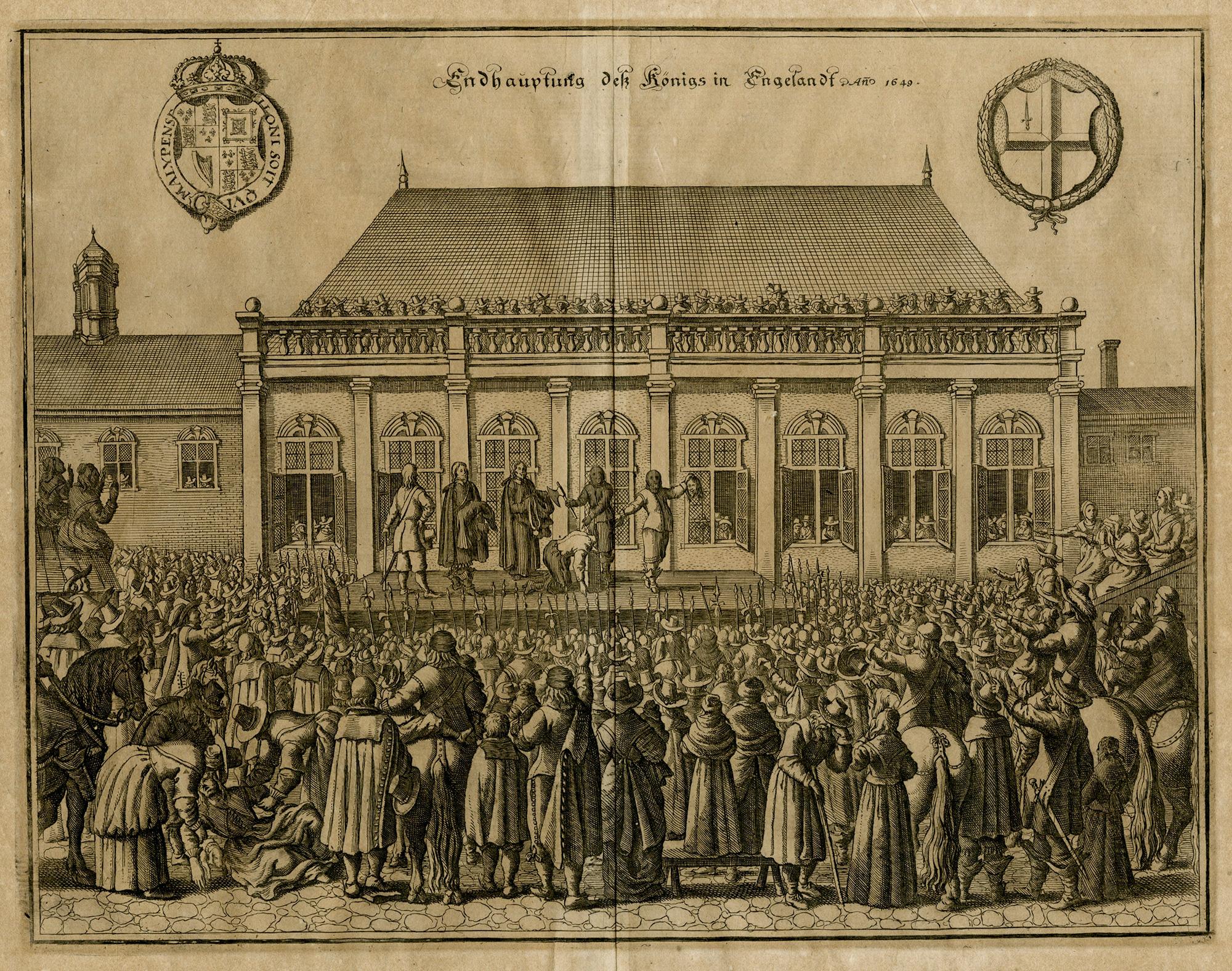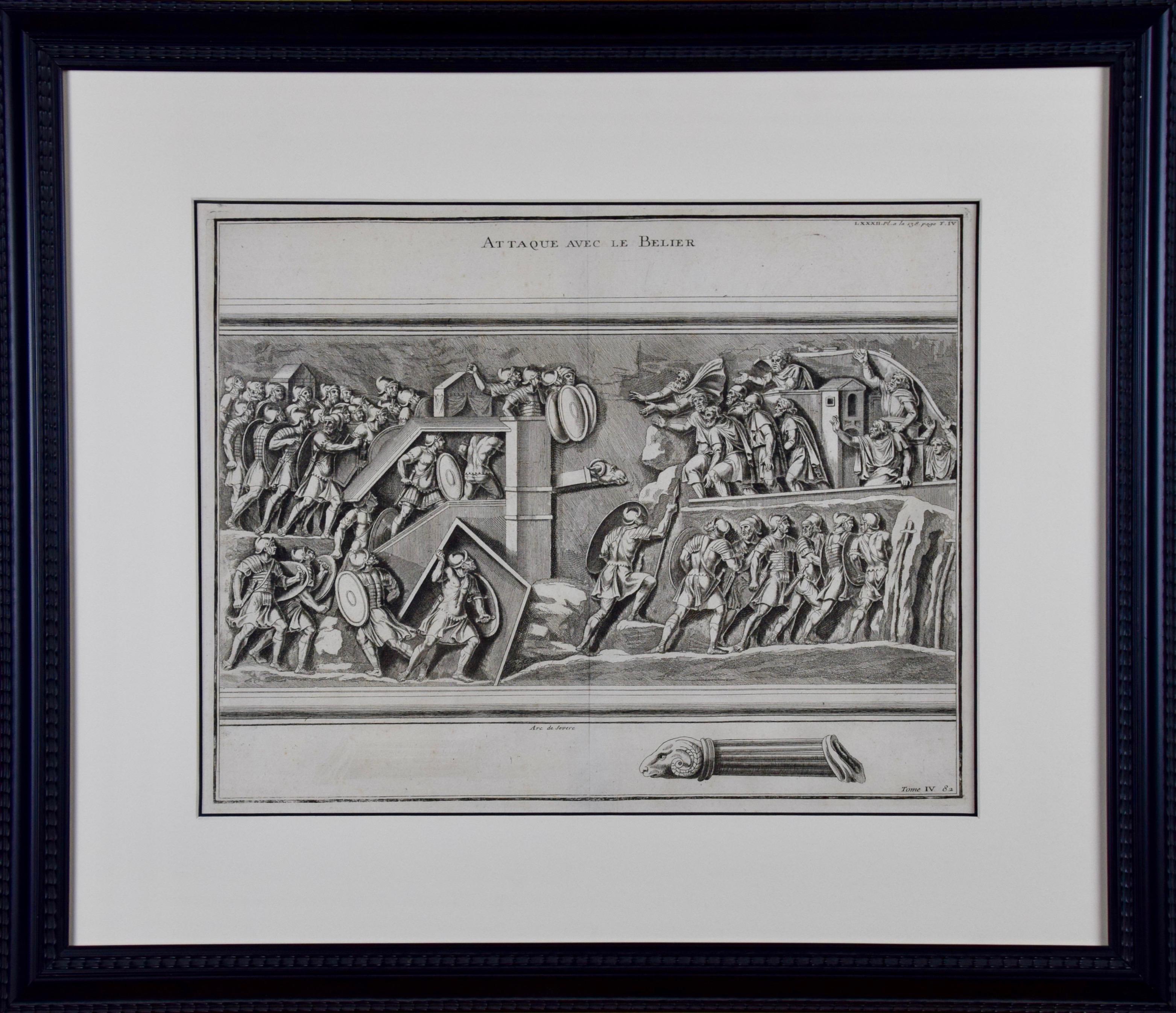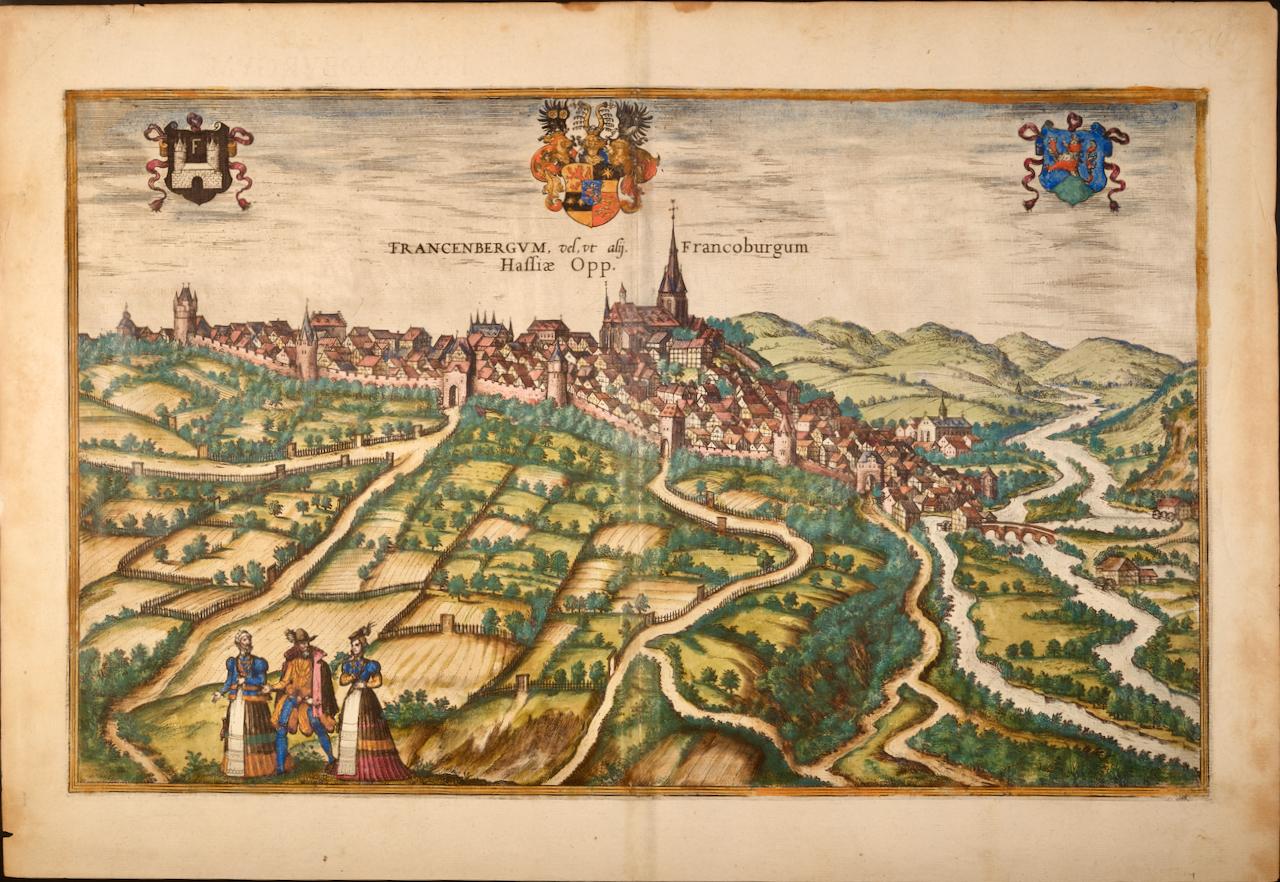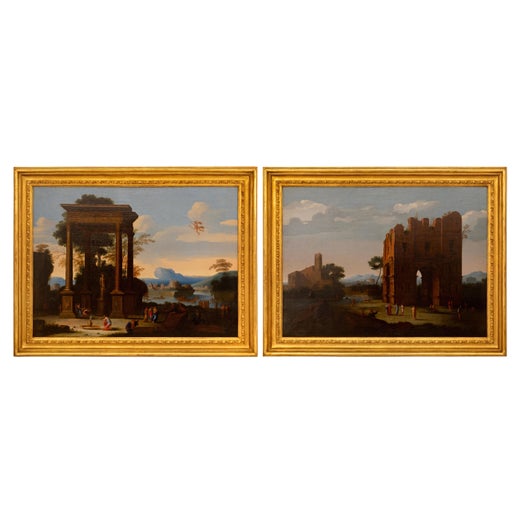Claude Lorrain17th century etching black and white landscape harbor ruins figures scene1668
1668
About the Item
- Creator:Claude Lorrain (1604 - 1682, French)
- Creation Year:1668
- Dimensions:Height: 18.125 in (46.04 cm)Width: 20.25 in (51.44 cm)
- Medium:
- Movement & Style:
- Period:Mid-17th Century
- Condition:
- Gallery Location:Milwaukee, WI
- Reference Number:
Claude Lorrain
Claude Lorrain, born Claude Gellée, was a French painter, draughtsman and engraver of the Baroque era. He spent most of his life in Italy and is admired for his achievements in landscape painting. He painted a pastoral world of fields and valleys not distant from castles and towns that entered into these quiet scenes. Landscape as a subject was distinctly nontraditional and secular during this time of religious and mythical iconography, and Gellée was certainly breaking with tradition. John Constable described the artist as the most perfect landscape painter the world ever saw and declared that in Claude’s landscape, “all is lovely, all amiable, all is amenity and repose; the calm sunshine of the heart." He passed away on November 23, 1682.
- ShippingRetrieving quote...Ships From: Milwaukee, WI
- Return PolicyA return for this item may be initiated within 14 days of delivery.
- 17th century engraving black and white landscape ancient building sceneBy Israel SilvestreLocated in Milwaukee, WI"Tempio Della Pace" is an original engraving by Israel Silvestre. The title is printed below the miniature image. It shows a frontal view of the remains of the Temple of Peace in Rom...Category
1650s Old Masters Landscape Prints
MaterialsPaper, Ink, Engraving
- 17th century etching black and white landscape scene forest trees figures skyBy Claude LorrainLocated in Milwaukee, WI"La Danse Sous Les Arbes (The Country Dance)" is an etching by Claude Gellee (Le Lorrain). This etching is in the collections of the Metropolitan Museum and the Louvre. Publisher: Ma...Category
Mid-17th Century Old Masters Landscape Prints
MaterialsEtching
- 17th century etching black and white figurative landscape trees buildingsBy Jan Frans van Bloemen (Orizzonte)Located in Milwaukee, WI"Conversation Outside Castle" is an original etching by Jan Frans van Bloemen. It depicts a number of figures just outside the majestic walls of a castle. These groups of figures are engaged in their own conversations. 9" x 6 3/4" art 21 5/8" x 19 3/8" frame Jan Frans van Bloemen (baptized 12 May 1662 - buried 13 June 1749) was a Flemish landscape painter mainly active in Rome. Here he was able to establish himself as the leading painter of views (vedute) of the Roman countryside depicted in the aesthetic of the classical landscape tradition. Van Bloemen predominantly painted classical landscapes, taking his inspiration from the Roman Campagna. His landscapes, with their recession through a series of planes, soft, warm lightning and classical and religious subject matter, drew on the examples of artists such as Claude Lorrain and Gaspard Dughet. His paintings are exquisitely imbued with that "difficult-to-define pastoral ambience" which helped to make him such a great painter in the eyes of his contemporaries. The technique and subjects of the work of Jan Frans van Bloemen are also related to painters such as Jan Asselijn...Category
18th Century Old Masters Landscape Prints
MaterialsEtching
- 17th century etching black and white figurative landscape trees statues sceneBy Jan Frans van Bloemen (Orizzonte)Located in Milwaukee, WI"Mother & Child Near Statues" is an original etching by Jan Frans van Bloemen. It depicts two figures, a mother and child pair, next two two classical statues. There are other figures in this park-like environment. 9 1/4" x 6 3/4" art 21 5/8" x 19 3/8" frame Jan Frans van Bloemen (baptized 12 May 1662 - buried 13 June 1749) was a Flemish landscape painter mainly active in Rome. Here he was able to establish himself as the leading painter of views (vedute) of the Roman countryside depicted in the aesthetic of the classical landscape tradition. Van Bloemen predominantly painted classical landscapes, taking his inspiration from the Roman Campagna. His landscapes, with their recession through a series of planes, soft, warm lightning and classical and religious subject matter, drew on the examples of artists such as Claude Lorrain and Gaspard Dughet. His paintings are exquisitely imbued with that "difficult-to-define pastoral ambience" which helped to make him such a great painter in the eyes of his contemporaries. The technique and subjects of the work of Jan Frans van Bloemen are also related to painters such as Jan Asselijn...Category
18th Century Old Masters Landscape Prints
MaterialsEtching
- 17th century etching black and white figurative landscape cityscape buildingsBy Jan Frans van Bloemen (Orizzonte)Located in Milwaukee, WI"Figures Outside the Monastery" is an original etching by Jan Frans van Bloemen. It depicts people on the path to a church. 7" x 10 1/4" art 19 1/4" x 22 5/8" frame Jan Frans van Bloemen (baptized 12 May 1662 - buried 13 June 1749) was a Flemish landscape painter mainly active in Rome. Here he was able to establish himself as the leading painter of views (vedute) of the Roman countryside depicted in the aesthetic of the classical landscape tradition. Van Bloemen predominantly painted classical landscapes, taking his inspiration from the Roman Campagna. His landscapes, with their recession through a series of planes, soft, warm lightning and classical and religious subject matter, drew on the examples of artists such as Claude Lorrain and Gaspard Dughet. His paintings are exquisitely imbued with that "difficult-to-define pastoral ambience" which helped to make him such a great painter in the eyes of his contemporaries. The technique and subjects of the work of Jan Frans van Bloemen are also related to painters such as Jan Asselijn, Thomas Wyck...Category
18th Century Old Masters Landscape Prints
MaterialsEtching
- 17th century etching black and white figurative landscape obelisk buildingsBy Jan Frans van Bloemen (Orizzonte)Located in Milwaukee, WI"Figures at the Obelisk" is an original etching by Jan Frans van Bloemen. It depicts two people conversing in front of a monument. Behind them, an expansive landscape sprawls. 9 1/4" x 6 3/4" art 21 3/4" x 19 3/8" frame Jan Frans van Bloemen (baptized 12 May 1662 - buried 13 June 1749) was a Flemish landscape painter mainly active in Rome. Here he was able to establish himself as the leading painter of views (vedute) of the Roman countryside depicted in the aesthetic of the classical landscape tradition. Van Bloemen predominantly painted classical landscapes, taking his inspiration from the Roman Campagna. His landscapes, with their recession through a series of planes, soft, warm lightning and classical and religious subject matter, drew on the examples of artists such as Claude Lorrain and Gaspard Dughet. His paintings are exquisitely imbued with that "difficult-to-define pastoral ambience" which helped to make him such a great painter in the eyes of his contemporaries. The technique and subjects of the work of Jan Frans van Bloemen are also related to painters such as Jan Asselijn, Thomas Wyck...Category
18th Century Old Masters Landscape Prints
MaterialsEtching
- Sweden and Adjacent Portions of Scandinavia: A Hand-colored 18th C. Homann MapBy Johann Baptist HomannLocated in Alamo, CAThis hand-colored copper-plate map of Sweden and adjacent portions of Scandinavia entitled "Regni Sueciae in Omnes suas Subjacentes Provincias accurate divisi Tabula Generalis" was c...Category
Early 18th Century Old Masters Landscape Prints
MaterialsEngraving
- St. Peter's Square in Basel: 17th Century Engraving by Matthäus MerianBy Matthäus Merian the ElderLocated in Alamo, CA"Campus Divi Petri qui est Basileae" (St. Peter's Platz in Basel) is a 17th century engraving by the old master engraver Matthäus Merian the Elder...Category
1650s Old Masters Landscape Prints
MaterialsEngraving
- WORLD MAP - Planisphaerium Terrestre Sive Terrarum Orbis... 1696By Carel AllardLocated in Santa Monica, CACAREL ALLARD (1648 – 1709) PLANISPHAERIUM TERRESTRE SIVE TERRARUM ORBIS… 1696 (Shirley 578) Engraving, 20 ½ x 23 ½”, sheet 21 x 24 1/8". A stunning double hemisphere World Map...Category
17th Century Old Masters Landscape Prints
MaterialsEngraving
- The Beheading of the King of England; Enthauptung des Königs in EnglandBy Matthäus Merian the ElderLocated in Middletown, NYThe execution of Charles I (1600-1649) at Whitehall, January 30th 1649, in front of the Banqueting House. The executioner holding the head of Charles up to the crowd below. Engravin...Category
Mid-17th Century Old Masters Landscape Prints
MaterialsEngraving, Laid Paper
- 18th Century Engraving "Attack with a Battering Ram" by MontfauconLocated in Alamo, CAThis early original copper-plate engraving entitled "Attaque avec le Belier" from 'L'antiquité expliquée et représentée en figures' (Antiquity Explained and Represented in Diagrams), published in Paris in 1719 by Bernard de Montfaucon. It depicts an ancient...Category
Early 18th Century Old Masters Landscape Prints
MaterialsEngraving
- Frankfort, Germany: A 16th Century Hand-colored Map by Braun & HogenbergBy Franz HogenbergLocated in Alamo, CAThis is a 16th century original hand-colored copperplate engraved map of Frankfort, Germany entitled "Francenbergum, vel ut alij Francoburgum Hassiae Opp" by Georg Braun & Franz Hogenberg, from their famous city atlas "Civitates Orbis Terrarum", published in Cologne, Germany in 1595. This is an English translation of an excerpt from the original text in the atlas: "Frankenberg or, according to others, Francoburgum, a town in Hesse. Charlemagne vested the town of Frankenberg with many freedoms and privileges, which it still enjoys to this day, and on account of its valiant and victorious soldiers awarded a signet, upon which there formerly appeared a golden castle with a tower, together with the letter F and a golden crown. Frankenberg, seen here from the northeast, lies on a hill above the River Eder. The hillside is covered with fields neatly separated by bushes and fences. Soaring above the town is the massive Liebfrauenkirche, which was modelled on St Elizabeth's church in Marburg. The New Town was founded in 1335 at the foot of the hill (right) and merged with the Old Town as late as 1556. Frankenberg was founded by Conrad of Thuringia in 1233/34 to prevent the archbishops of Mainz from expanding their sphere of influence...Category
16th Century Old Masters Landscape Prints
MaterialsEngraving
